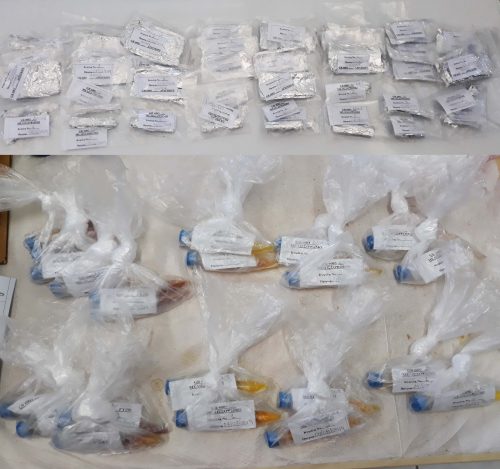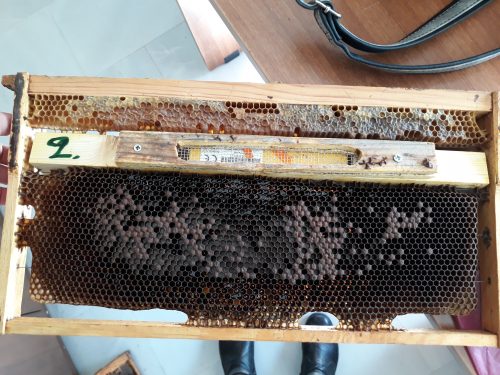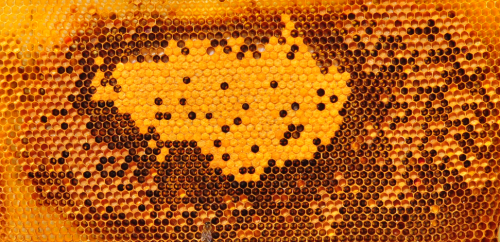
Every 2 years the Bee Protection group of the International Commission for Plant-Pollinator Relationships (ICPPR) organises a congress about the hazard of pesticides to bees. Bee researchers from academia, contract labs, industry, governmental institutions, EFSA, organisations involved in bee protection and conservation and student meet there to present and discuss new developments and draft methods and outcomes in assessing the hazard of pesticides to bees both for first to higher tier studies, current hazard assessments are evaluated and new guidelines are presented. This Bee Protection group is both stakeholders of the Insignia pilot study and a target international body to present Insignia. There was a lot of interest in our study, particularly for the non-biological passive samplers. It took some effort to explain the role of the honeybee colony in this study, being not the major subject but the data collecting tool. Contact is made with similar monitoring studies, working groups and EFSA for cooperation and data exchange. Both cooperation and data exchanges are subject currently discussed with the EC-DG SANTE and the consortium. It has shown the need for data of pesticide residues in the environment and the role of the honeybee-colony-tool fulfill in this hot topic.
Sjef van der Steen
coordinator Insignia



 Belgium is one of the countries in which nine apiaries will be selected for the 2020 trials. The Flemish beekeepers were informed about the Insignia project in October 2019. Beekeeping in Flanders is much more developed than the front page of the magazine suggests. It is a giant step from making straw skeps to applying honeybee colonies as a monitoring tool for pesticides. An application of the honeybee, completely non-existing when the straw skeps were developed some centuries ago. The big difference between beekeeping with the skep and the Insignia study is that bees in the skep were killed to harvest the honey and that the Insignia project aims to result in a non-invasive (= no bees sampled and killed) citizen scientist sampling protocol; a progress in bee- welfare and bee research.
Belgium is one of the countries in which nine apiaries will be selected for the 2020 trials. The Flemish beekeepers were informed about the Insignia project in October 2019. Beekeeping in Flanders is much more developed than the front page of the magazine suggests. It is a giant step from making straw skeps to applying honeybee colonies as a monitoring tool for pesticides. An application of the honeybee, completely non-existing when the straw skeps were developed some centuries ago. The big difference between beekeeping with the skep and the Insignia study is that bees in the skep were killed to harvest the honey and that the Insignia project aims to result in a non-invasive (= no bees sampled and killed) citizen scientist sampling protocol; a progress in bee- welfare and bee research.



